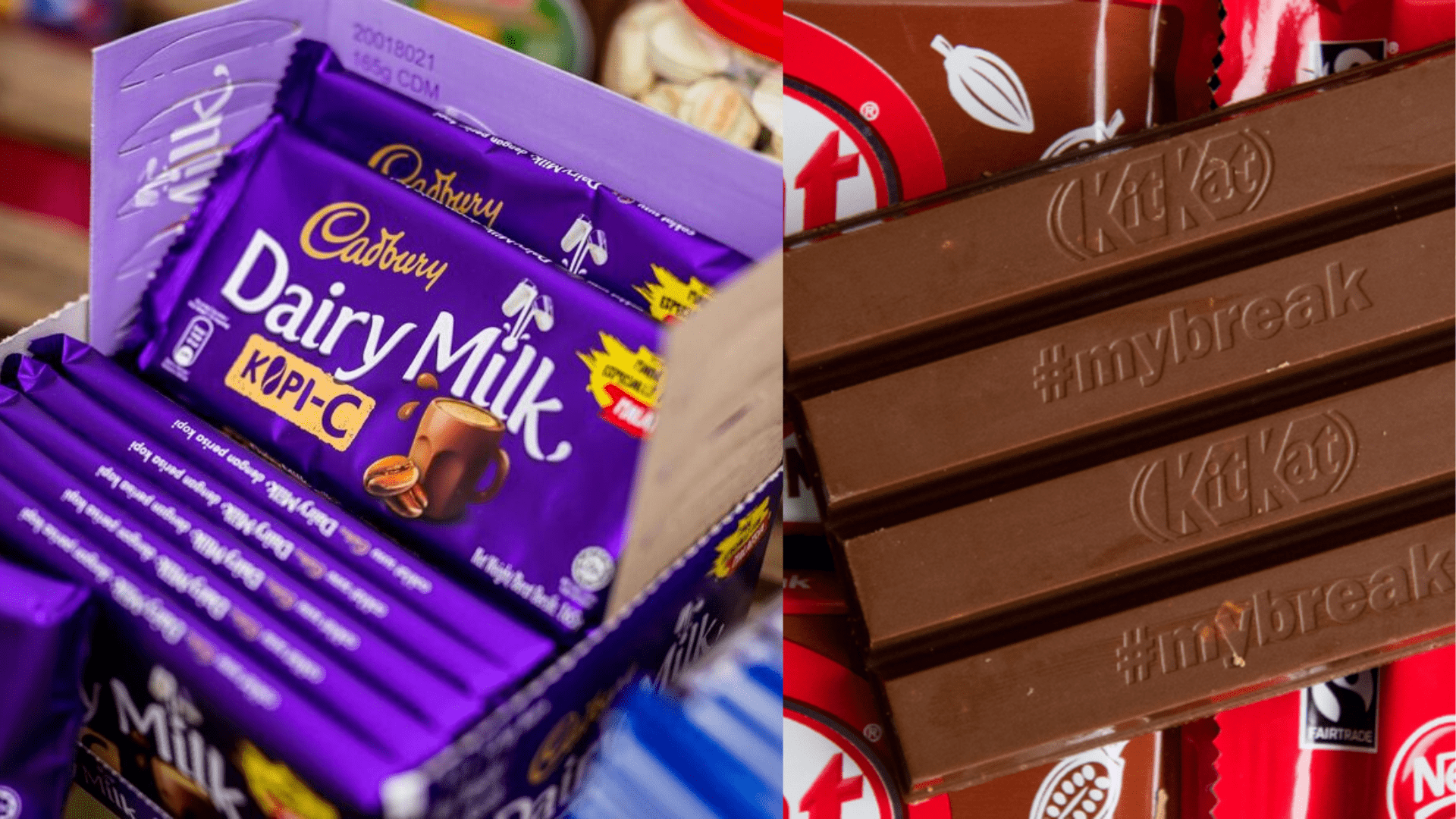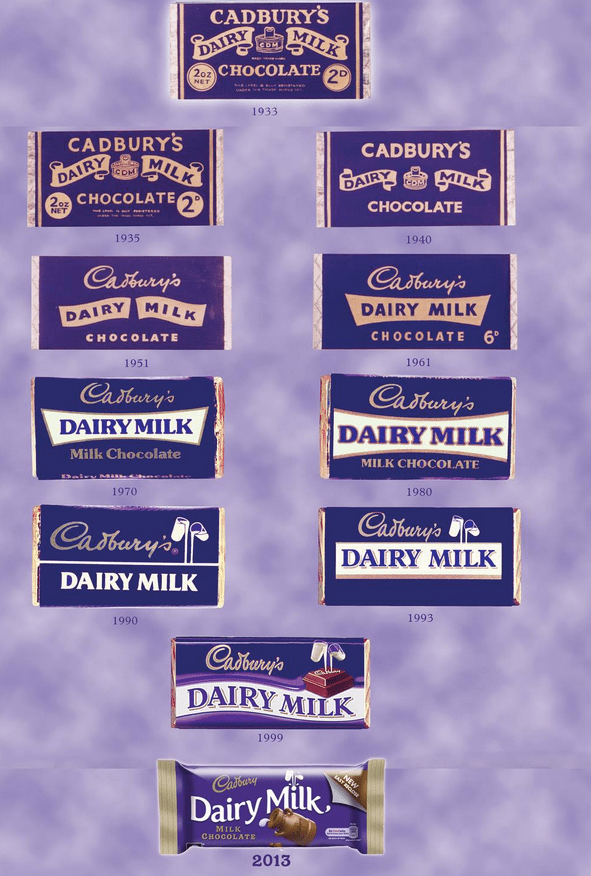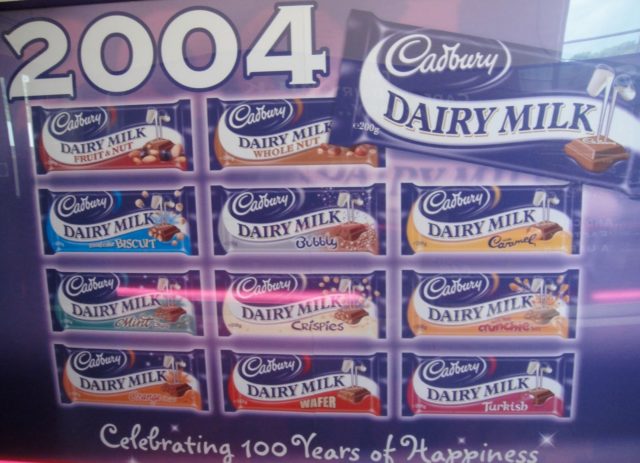Any day, when your sweet-tooth craves for chocolate and you make your way to the shop, you see the treasure trove of countless chocolates wide-open in front of you. For a split-second, you think and quickly decide to buy the one which is going to satisfy your taste buds.
How simple it looks, right? But, do you know that every brand lays out a prudent strategy to shape your decision in its favour? The split-second decision taken by the customer to choose a certain product over others is a result of its strategy that smartly took over the strategies of other products.
Nestle and Cadbury are two established giants of brands who have been ruling the market of the food processing industry for more than a hundred years now. Now, sometimes trading in the same market make it inevitable for similar brands to indulge in business rivalries.
So was the case of Nestle and Cadbury where a dispute landed the brands in the witness boxes of the court. There was a series of events that took place over the years and finally one of them won the competitive advantage.
Cadbury’s Age-Old Recognition- 1995
When you think of Cadbury chocolates, you are instantly reminded of the purple packaging, wrapping a mouth-watering bar of chocolate inside it. Cadbury chose this specific colour in 1914 in honour of Queen Victoria as it was her favourite colour.
This association of Cadbury chocolates with a shade of purple- Pantone 2685C- dates back to the year 1995 when the company selected this particular shade for its chocolates and over the years it became a recognition symbol for its chocolates.
Cadbury’s Next Move- 2004
In 2004, Cadbury decided to trademark the purple shade of Pantone 2685C so that it would have then encompassed a wider range of confectionery products manufactured under the name of Cadbury. It filed an application with the UK Trademark Office. But this attempt of Cadbury did not go quite well with its staunch rival, Nestle.
Also Read: Will Using The Blood Of Recovered People Be Effective In Treating COVID-19 Patients Through Convalescent Plasma Therapy?
Cadbury Vs Nestle: Bitter Battle Of Chocolate Giants
Nestle argued that a colour cannot be protected and hence opposed the application of Cadbury. But Cadbury ingeniously denied all the grounds of opposition, citing that the company had used the purple shade of Pantone 2685C as far back as 1914. However, Nestle lost the battle in the year 2011.
In 2012, Judge Colin Briss of the U.K. High Court ruled that the public associates the colour purple itself with Cadbury’s milk chocolates, so the company is entitled to a registered trademark for that colour but the court’s ruling did not extend to Cadbury’s dark or white chocolates. But Nestle did not find satisfaction in the decision and challenged the decision in 2013.
The Final Verdict
Finally, this time Nestle won the courtroom battle and Cadbury lost its trademark of the purple colour. Overturning the previous High Court ruling in Cadbury’s favour, appeal Judge Sir John Mummery announced that it would be unfair to give Cadbury the exclusive rights to the colour.
He further added that a colour trademark would give a competitive advantage to Cadbury and put Nestle and its other competitors at a disadvantage.
Though Cadbury could not sustain the trademark, there are many distinctive features of its chocolates that keep the brand at the peak of the cliff of competition.
Even if other brands try to use the same shade, it will be hard for them to create the magic that Cadbury has created since 1824.
Image Credits: Google Images, Eighties Kids
Sources: Mirror, Confectionary News, The Drum
Find The Blogger: @ELadki






































